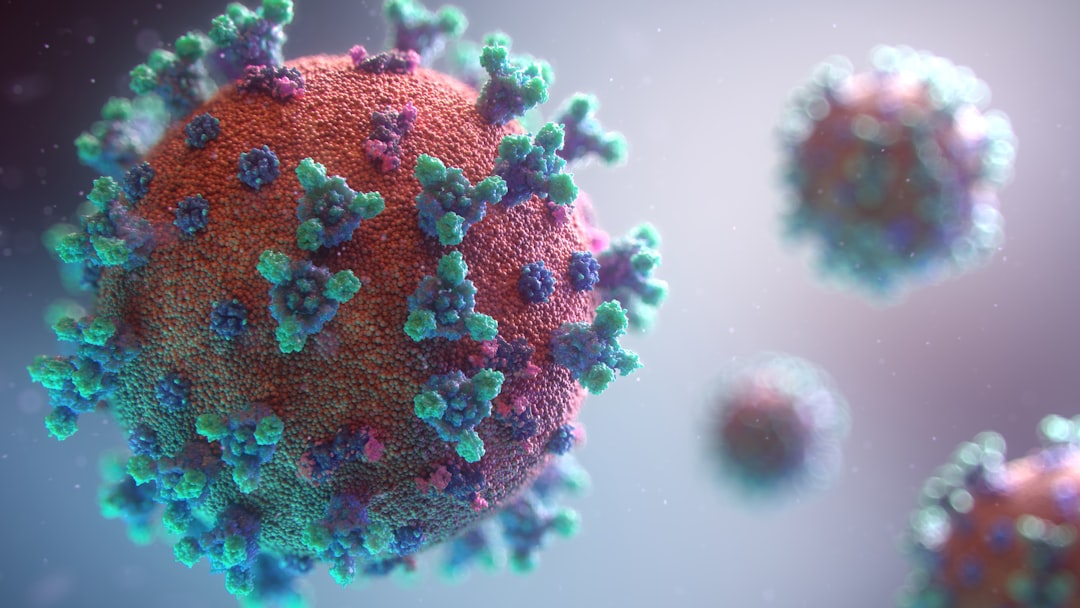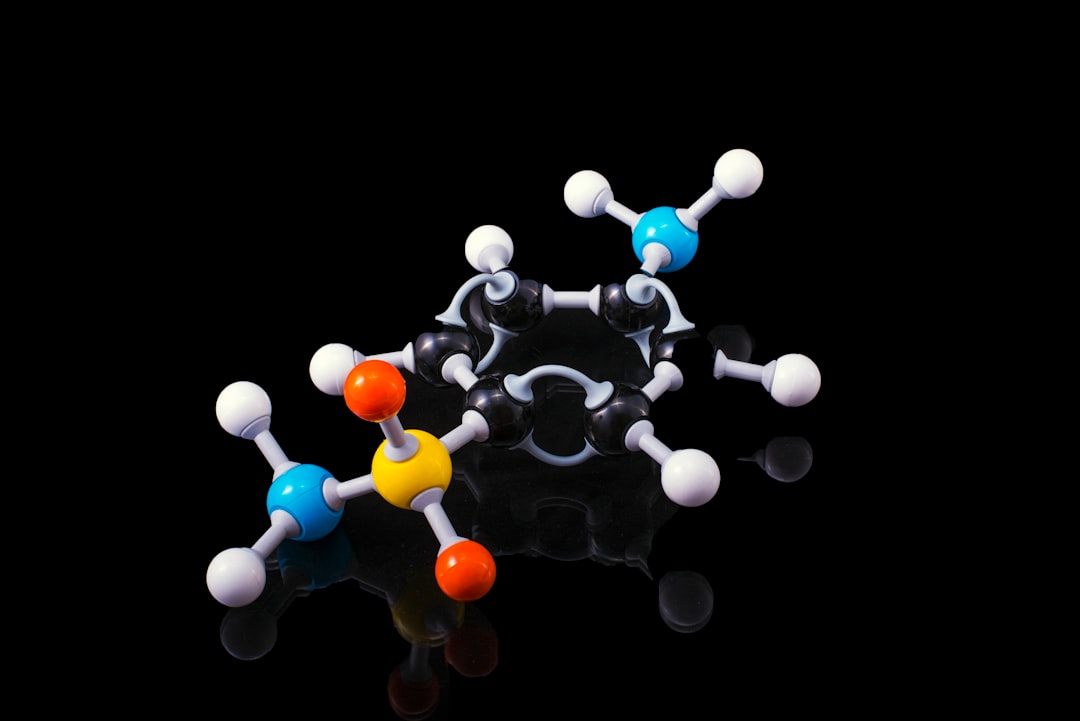What is it about?
Cervical cancer is one of the most common cancers in women. Despite new methods and drugs to treat cervical cancer and the good results obtained with them, there is a wide range of chemicals and natural products that have not yet been studied and tested as anticancer agents. - The novel reduced salicylaldimine derivative L2b with remarkable anti-cancer potential. - For the first time, the cytotoxic properties of L2b were studied in seven different cell lines at different concentrations.
Featured Image

Photo by Louis Reed on Unsplash
Why is it important?
- For the first time, the apoptotic, cytotoxic and genotoxic properties of L2b were investigated in the cervical cancer cell line HeLa at different concentrations. - The current original study was performed using standard genotoxic, apoptotic, and cytotoxic assays, such as single-cell gel electrophoresis assay (Comet assay), DNA fragmentation ladder, acridine orange assay for DNA damage, and ELISA for measuring apoptosis.
Perspectives
Due to the cytotoxic effect of the new ligand L2b-salicylaldimine derivative on different cancer cell lines, the question of which cell types to start the study with was raised during the planning stage. The result showed that the L2b ligand had a higher effect on the HeLa cell line of cervical cancer among 6 different cancer cell lines, and the concentration that killed half of the cells, called the IC50 value, was the evidence for this choice. Based on this experiment, we chose the HeLa cell line to further test the activity of the newly synthesized ligand L2b as an anticancer agent and discover new anticancer drugs to treat cervical cancer, which is known as the second deadliest cancer in women worldwide.
Yasin TÜLÜCE
Van Yüzüncü Yıl University
Read the Original
This page is a summary of: ROS-mediated Genotoxicity and Apoptosis Induced by a Novel Salicylaldimine
Derivatives in Human Cervical Cancer Cells, Current Medicinal Chemistry, October 2023, Bentham Science Publishers,
DOI: 10.2174/0929867330666221026162452.
You can read the full text:
Contributors
The following have contributed to this page










